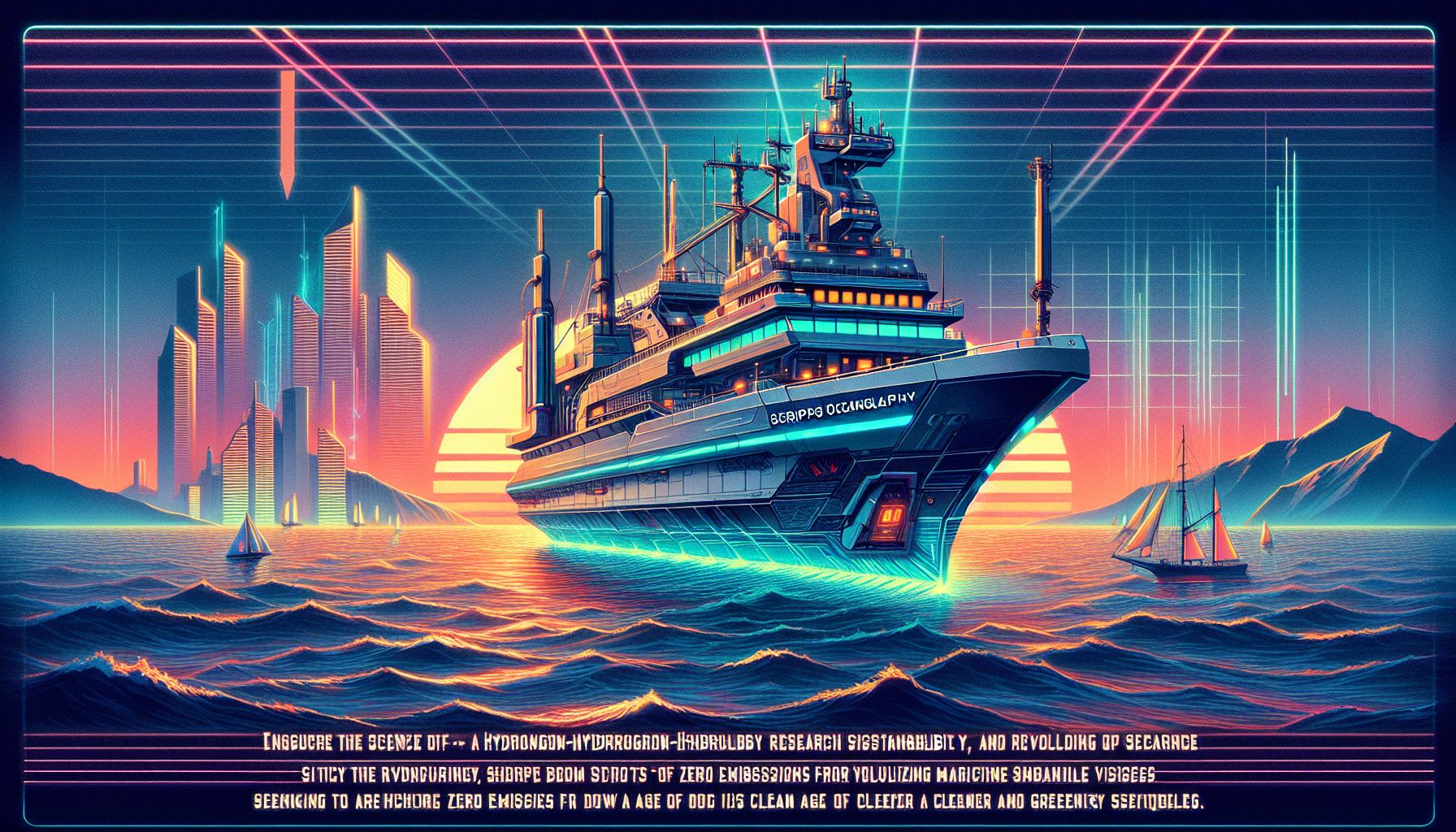Scripps Oceanography Charts a Course for Green Seas

San Diego, Friday, 31 January 2025.
Set to create a hydrogen-hybrid research vessel, Scripps is transforming maritime sustainability. This ship promises zero emissions for 75% of journeys, paving the way for cleaner oceans.
Revolutionary Design Meets Environmental Stewardship
I’m excited to share that today marks a significant milestone in maritime research as Scripps Institution of Oceanography releases its request for proposals for a groundbreaking vessel [1]. This isn’t just any research ship - it’s a dual-powered hydrogen fuel cell/diesel electric hybrid vessel that will achieve zero emissions for 75% of its missions [1]. As someone passionate about marine science, I find it remarkable that this vessel will be the first of its kind to operate primarily on renewable fuels [1].
Building on Strong Foundations
The project has already cleared crucial hurdles, with the preliminary design receiving approval from the American Bureau of Shipping in June 2024 and the U.S. Coast Guard’s blessing following in November 2024 [1]. The vessel will replace the Research Vessel Robert Gordon Sproul, which has served faithfully for 43 years [1]. Bruce Appelgate, Associate Director at Scripps Oceanography, shares my enthusiasm when he notes that this design incorporates ‘a host of innovative technologies’ that will make it superior to any existing research vessel [1].
Timing and Collaboration
The timeline is moving quickly - shipyards have until 9 May 2025 to submit their proposals, with a final selection anticipated by 20 June 2025 [1]. What makes this project particularly impressive is its broad support base, including funding from the State of California, U.S. Office of Naval Research, and the Department of Energy through ARCHES [1]. The vessel’s development hasn’t happened in isolation - initial feasibility studies were conducted through a collaborative effort between Sandia National Laboratories and Glosten, with support from the U.S. Department of Transportation’s Maritime Administration [1].
A Timely Response to Environmental Challenges
The importance of this project is particularly evident given recent environmental challenges. Just last week, I observed how our current research capabilities were hampered when the Reuben Lasker’s wildlife counts had to be suspended due to thick smoke from the L.A. fires [3]. The new vessel will be better equipped to handle such challenges while maintaining its commitment to environmental stewardship. It’s designed to support California research missions and will serve hundreds of scientists and students annually as part of the U.S. Academic Research Fleet [1].